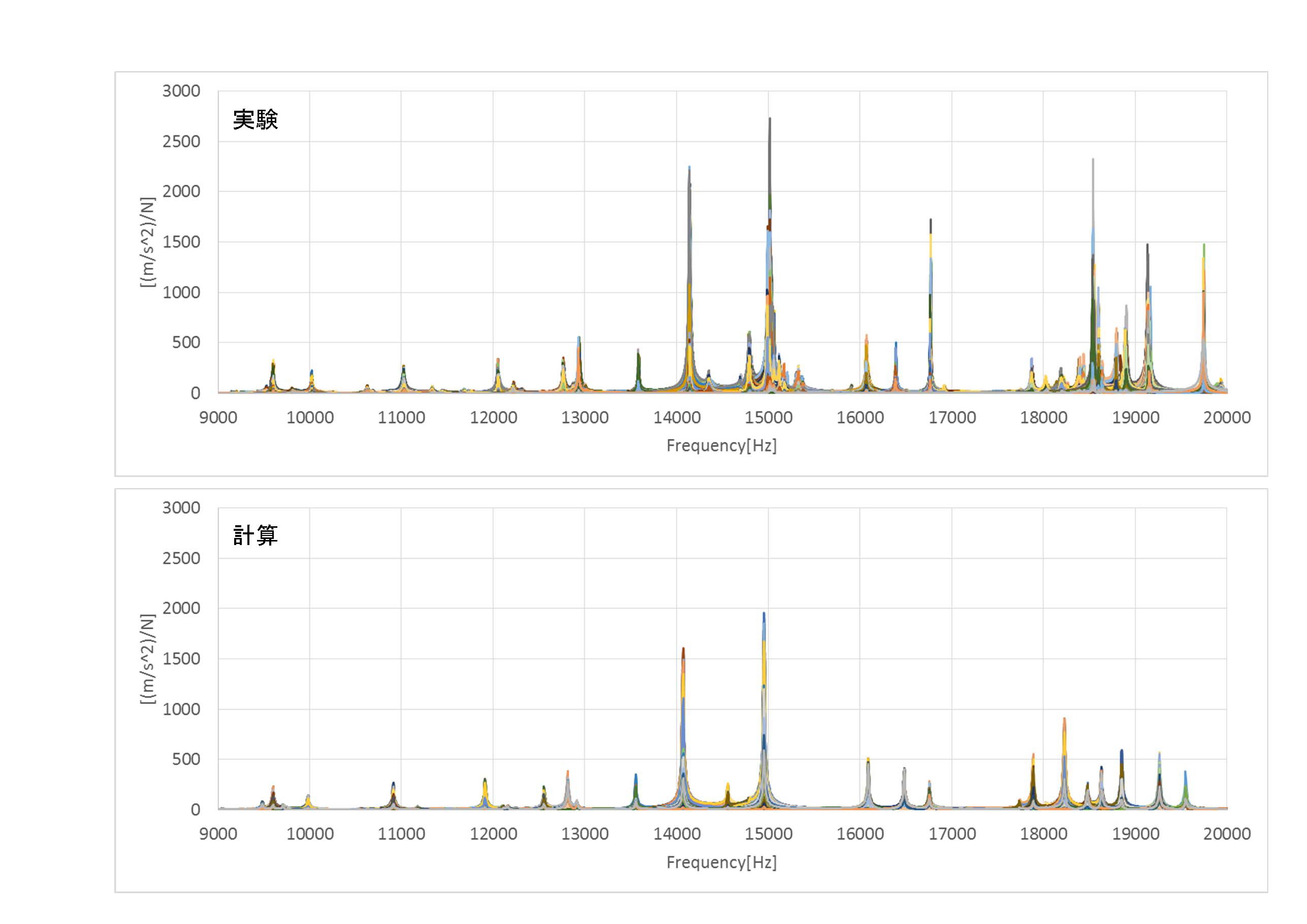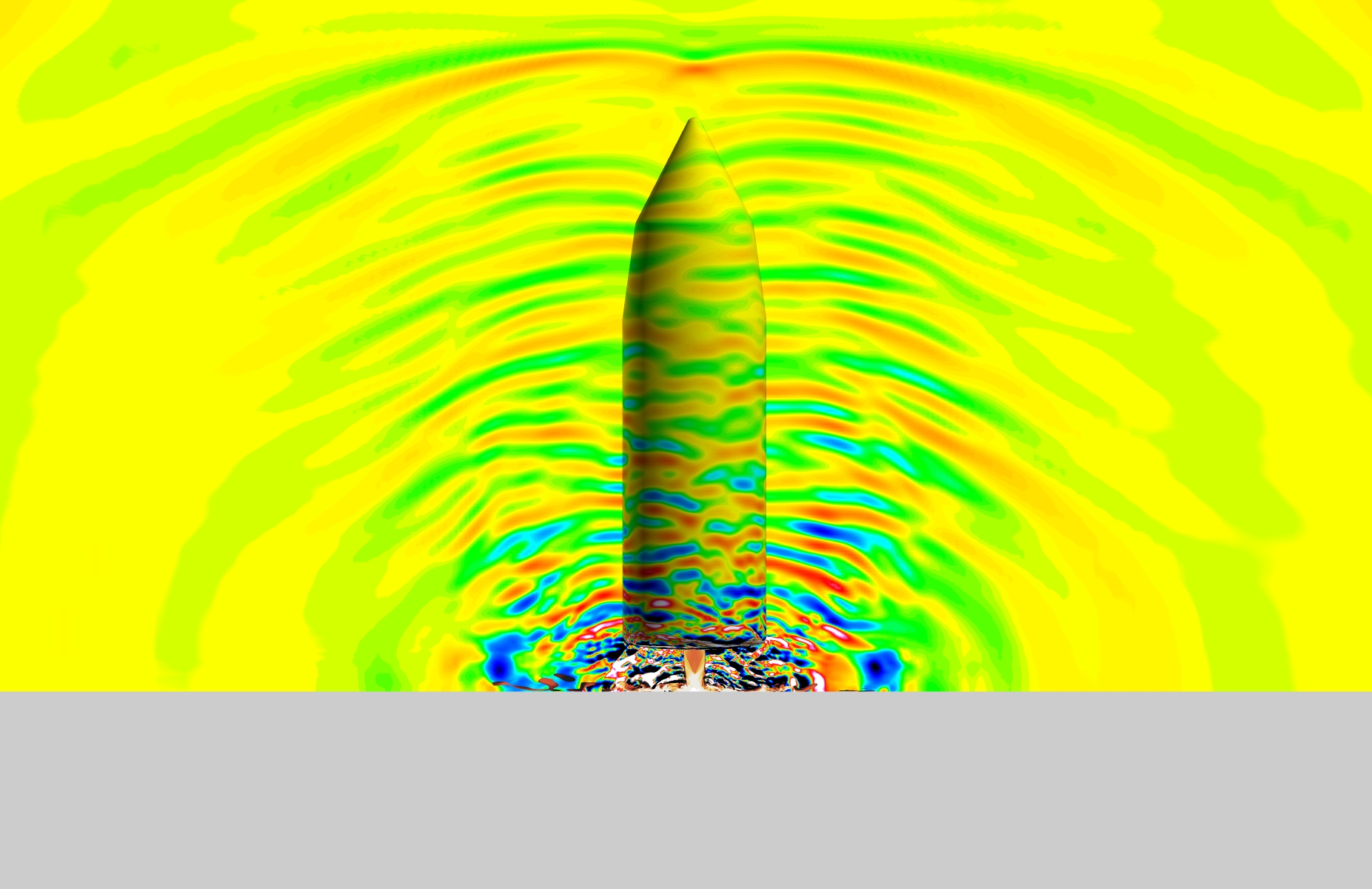Aeroacoustic simulation of launch vehicle at lift-off
JAXA Supercomputer System Annual Report April 2018-March 2019
Report Number: R18EG3213
Subject Category: Research and Development
- Responsible Representative: Eiji Shima, Unit leader, Research Unit III, Research and Development Directorate
- Contact Information: tsutsumi.seiji@jaxa.jp(tsutsumi.seiji@jaxa.jp)
- Members: Ryoji Takaki, Seiji Tsutsumi, Hiroyuki Ito, Taro Shimizu, Junya Aono, Takanori Haga, Yuhi Morii, Masaharu Abe, Masayuki Kakehi, Mikiroh Motoe, Manabu Hisida, Shun Ito, Kazuma Tago, Hiroshi Koizumi
Abstract
It is required to predict and reduce the acoustic level of satellites caused by exhaust jet of rocket engines and transonic buffet. In this study, the lift-off acousitc analysis tool developed so far is coupled with the FEM tool to predict the acoustic level inside payload fairing, aiming to develop quiet launch vehicle.
Reference URL
N/A
Reasons for using JSS2
It is necessary to carry out billions of LES analysis, and large computing resources are essential to achieve the target frequency resolution.
Achievements of the Year
(1) Aero-vibro acoustic simulation for the prediction of harmful acoustic loading at lift-off of launch vehicle is developed. In this simulation technique, high-fidelity large-eddy simulation with computational aeroacoutics based on full-Euler equations is employed for computing jet aeroacoustics and their propagation to the outside of payload fairing. Acoustic field inside the payload fairing is computed by the coupled vibro-acoustic simulation based on finite element method. A simplified fairing model is used for the validation of the present method. An impact hammer test is conducted for validating the structural model. Then, accuracy of this method is validated by using the acoustic vibration test result with a subscale rocket engine.
(2) Aeroacoustic simulation based on hybrid LES/RANS is conducted to predict acoustic level around a SSTO at lift-off. (Fig.2) It is found that the acoustic level is higher that the conventional expendatble launch vehicle with launch pad.
Publications
N/A
Usage of JSS2
Computational Information
- Process Parallelization Methods: MPI
- Thread Parallelization Methods: OpenMP
- Number of Processes: 512
- Elapsed Time per Case: 800 Hour(s)
Resources Used
Fraction of Usage in Total Resources*1(%): 0.81
Details
Please refer to System Configuration of JSS2 for the system configuration and major specifications of JSS2.
| System Name | Amount of Core Time(core x hours) | Fraction of Usage*2(%) |
|---|---|---|
| SORA-MA | 6,736,350.24 | 0.82 |
| SORA-PP | 76,080.65 | 0.61 |
| SORA-LM | 1,576.29 | 0.73 |
| SORA-TPP | 0.00 | 0.00 |
| File System Name | Storage Assigned(GiB) | Fraction of Usage*2(%) |
|---|---|---|
| /home | 5,139.61 | 5.32 |
| /data | 36,070.13 | 0.64 |
| /ltmp | 5,848.72 | 0.50 |
| Archiver Name | Storage Used(TiB) | Fraction of Usage*2(%) |
|---|---|---|
| J-SPACE | 117.29 | 4.10 |
*1: Fraction of Usage in Total Resources: Weighted average of three resource types (Computing, File System, and Archiver).
*2: Fraction of Usage:Percentage of usage relative to each resource used in one year.
JAXA Supercomputer System Annual Report April 2018-March 2019




